Reinforcing unwanted behaviour and micro-shaping
Recently I tried the Constructional Approach with a dog who, in the beginning, jumped and crawled on me, pawed me, kept walking after me and was generally very excited. Still, I gave him attention. I didn't punish, I started with what I had. I did have certain criteria though! I wanted to see all 4 paws on the floor or a sit or a down. The second he put his paws on the floor, I petted him. The second he sat, I petted him with both of my hands. The minute I stopped he jumped again. But when dogs jump, they always put their feet down eventually. I made sure I caught him when he kept his paws down. I kept petting him continuously when he sat or lied down and started to, very briefly, take my hands away. He was very fast to react so I kept petting. I spent a long time with him as I was talking with his owner. Eventually, he started falling asleep while I still petted him and continued doing little pauses. In the end, he was much better. He still asked for my attention but since he kept his paws down, that was fine by me. I can work on other behaviours later. I shape behaviour or even micro-shape it. No matter how small the progress is and how far from the end behaviour we start, it can all be shaped forward. I’m not afraid to start small as I know that learning will occur with time.
Photo by Yuki Dog on Unsplash
People are often afraid that if you will reinforce 4 paws on the floor after the dog jumped, you will reinforce the sequence of jumping and then putting the paws down. If you will continue to do this in a sequence, you are right, you can reinforce it all. However, you need to start somewhere and it's ok to reinforce unwanted behaviour briefly to have the opportunity to start. From that moment when I saw how it goes, I made sure I reinforced before he jumped. It was my job to do better and not blaming the dog for doing something he is used to doing. I was glued to him to make sure he stayed on the floor for quite some time but then, he never practised jumping up which is a behaviour that is already well established in his repertoire. Eventually, when I moved he was still coming after me but I had a nice opportunity to immediately reinforce when his paws were on the floor. In the beginning, he was so fast that I struggled to keep up. That's why I kept petting him for sitting nice and calm next to me continuously. Otherwise, I would get the behaviour that I didn't want. I eliminated it by giving him attention for alternative behaviour and very slowly started shaping taking my hands away from him. I'm ok with taking anything the dog is giving me at the time. I'm not afraid of reinforcing something that I might want to change if I will make sure that the behaviour I do want to see will be reinforced even more. (In Applied Behavior Analysis there is a term called the Matching Law. If you are a geek like me, click on the link to see the definition. We also talk about the magnitude of reinforcement and here is a link to even the geekiest explanation of Matching Law). Even when you occasionally reinforce something unwanted, it's not all lost. That's a big advantage of using positive reinforcement over punishment. Mistakes happen, we are not perfect and we inadvertently give a consequence for the behaviour we didn't intend to do. With reinforcement, we can quickly recover by producing more reinforcement for the behaviour that we want. With punishment, when you accidentally punish the behaviour that you want (and let's face it, if you are using punishment, you probably will), then you not only face a threat of having it harder to see this behaviour again, you also can create side effects like a fear response to the whole scenario of your training session. It can happen as quickly as after just one delivery of punishment.
Photo by Channey on Unsplash
An alternative to punishment is to ignore the behaviour or put it under extinction. Personally, I don't recommend it, especially as my first resort. Extinction is when previously reinforced behaviour stops being reinforced. It is known for causing frustration. An example is when you go to the vending machine, put your money in, choose the correct button and... nothing happens. You expected to get your item but it didn't fall out. What do you do and how do you feel about that? Many people will start to kick and shake the machine. It's definitely very frustrating and so is extinction for a dog who is jumping on you as he always got attention for it and now you start to ignore him. You will get an extinction burst, the behaviour will go even worse before it gets better. A lot of people struggle to fully ignore unwanted behaviour. It is difficult to do when the dog tries even harder. I prefer to reinforce alternative behaviour heavily. Much more than the behaviour that I want to change. The more you reinforce, the more of this behaviour you will get.
Photo by Daniel Lincoln on Unsplash
I'm not afraid of allowing the dog to briefly do things I might later want to change. I know how shaping works and how small a start of a behaviour can be. And when I have a starting point I will continue to micro-shape it until I see the behaviour that is acceptable for everyone (including the dog). The learning will be filled with successes for all the correct responses in the right direction. In my eyes, learning from successes is much better than focusing on what we want to eliminate.
Be a superhero for your dog, he will love you for it.

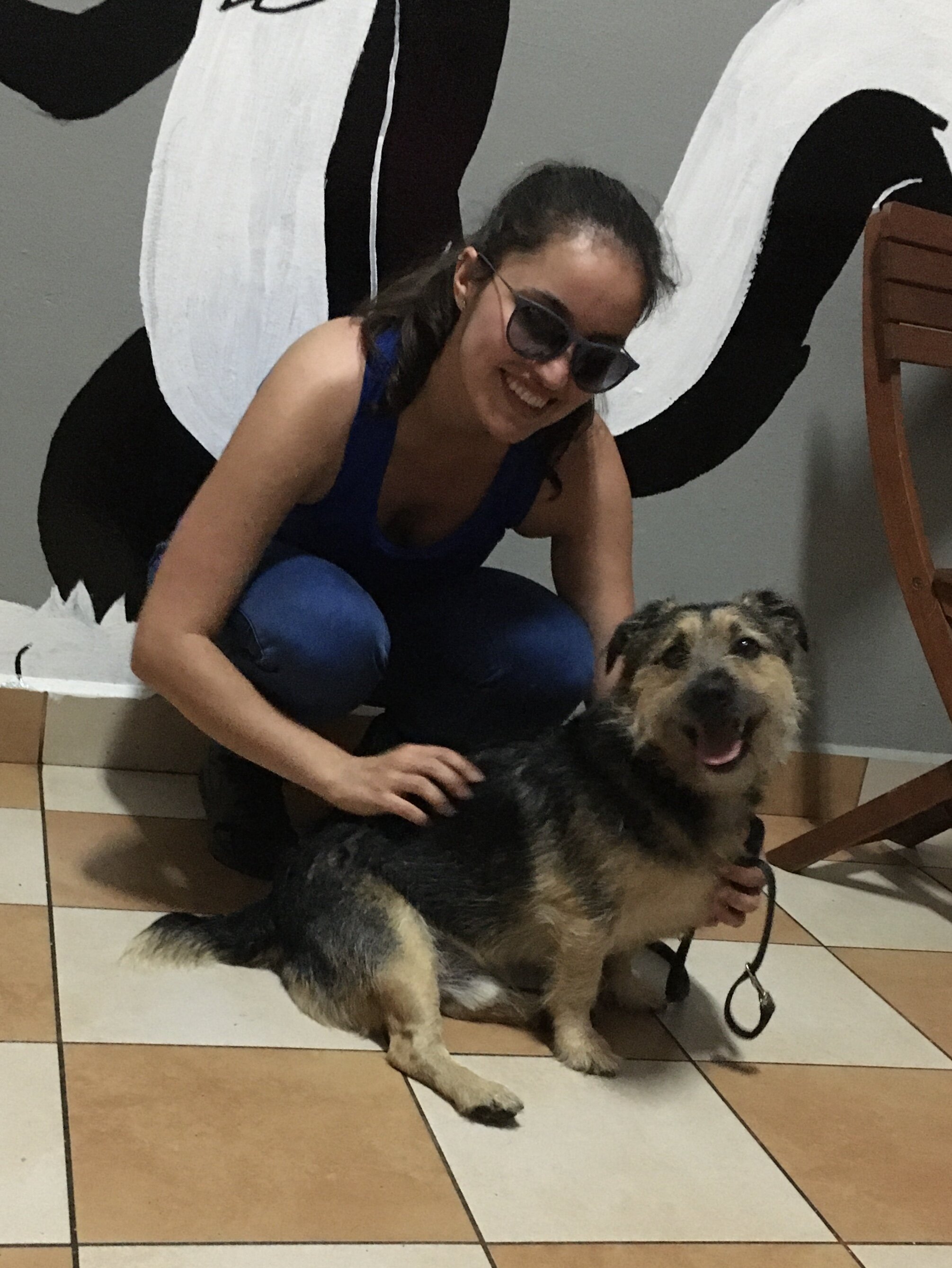
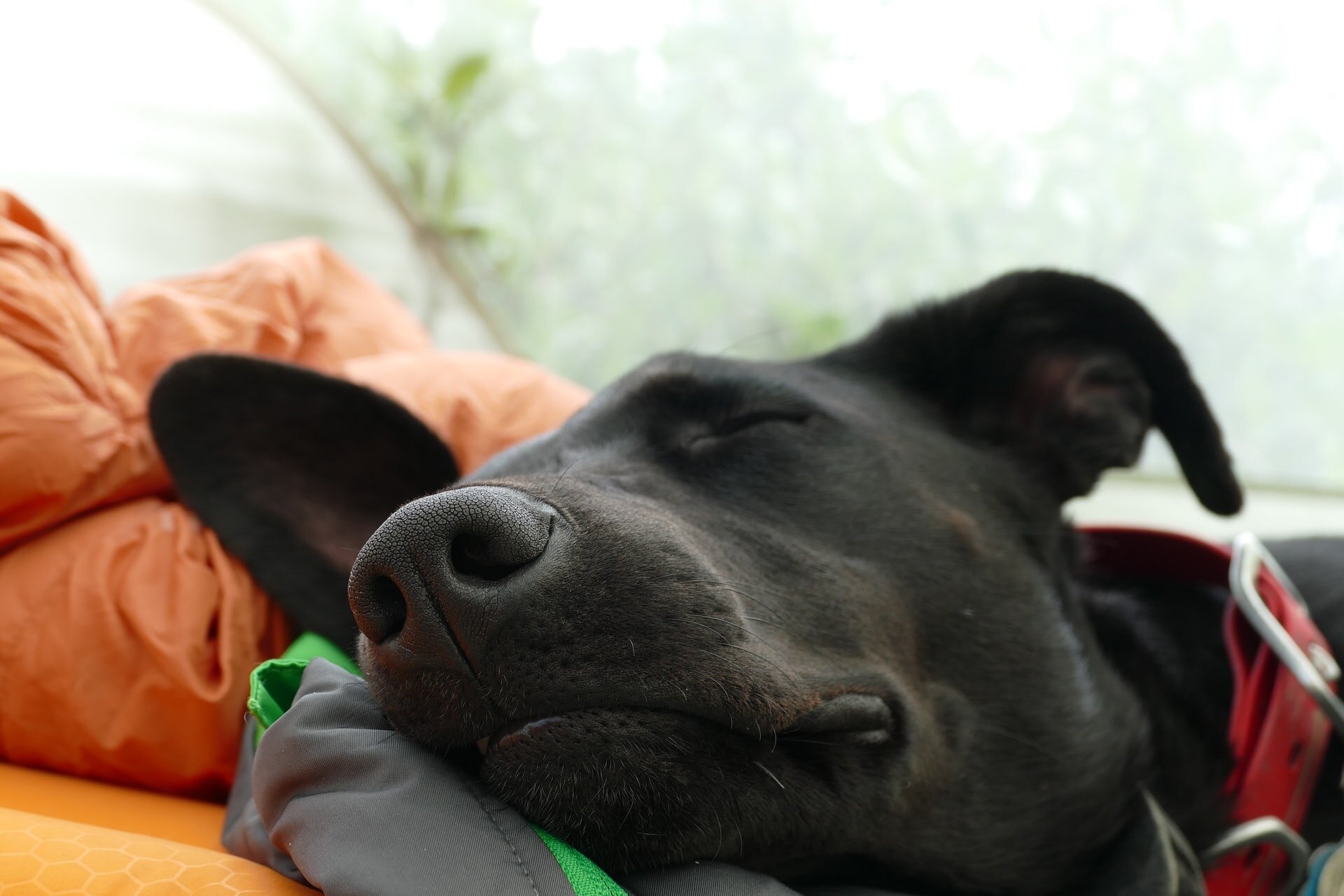

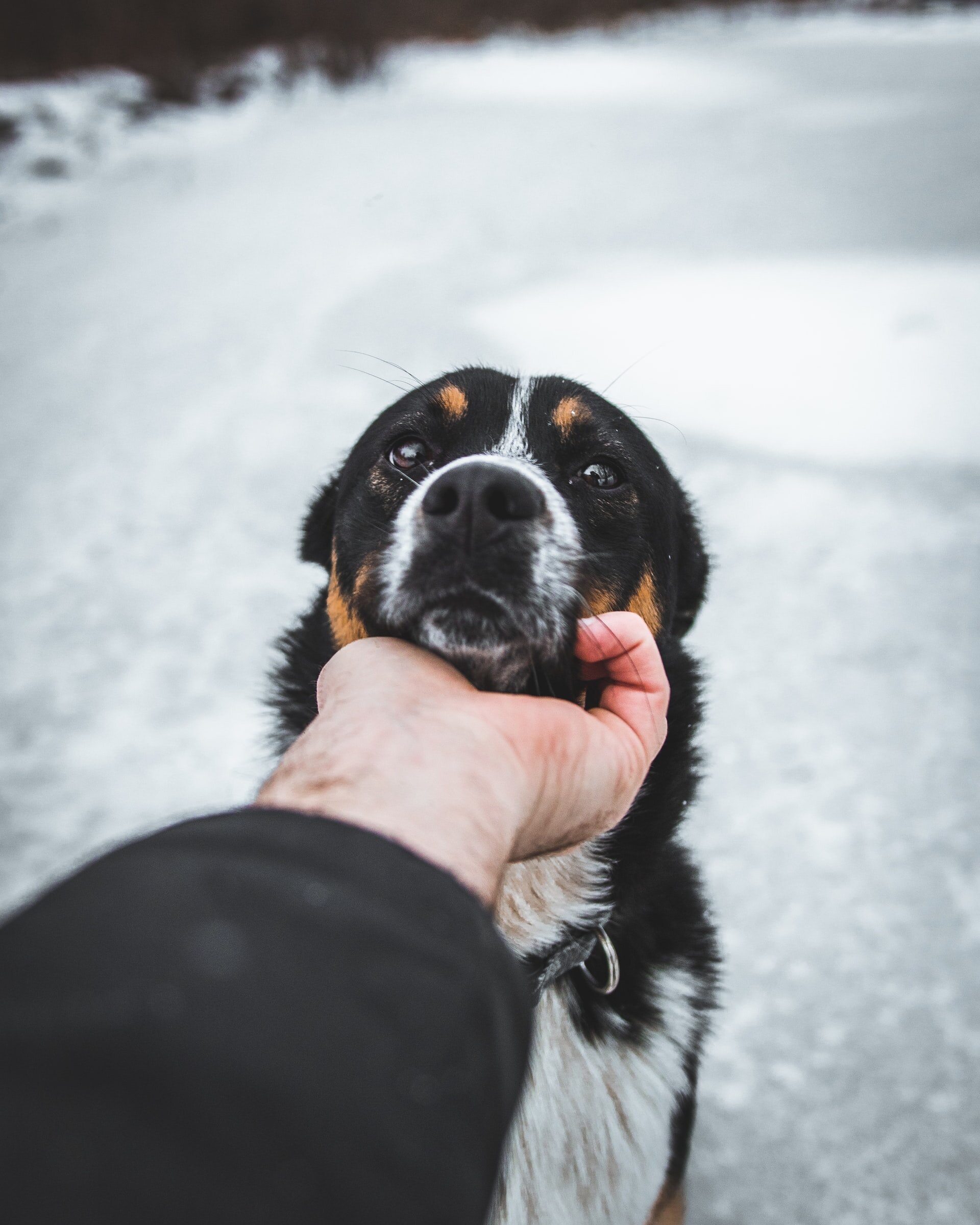


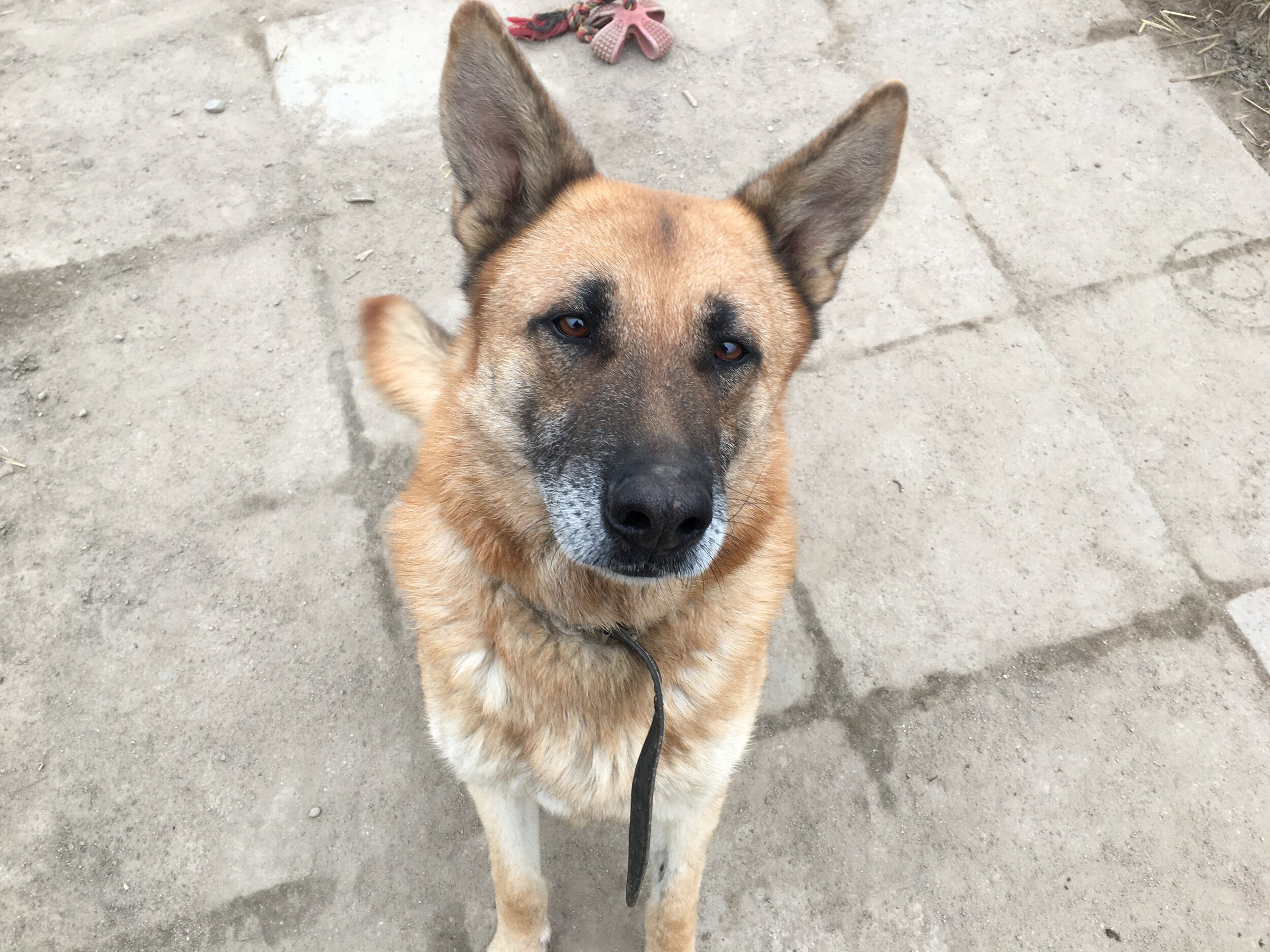

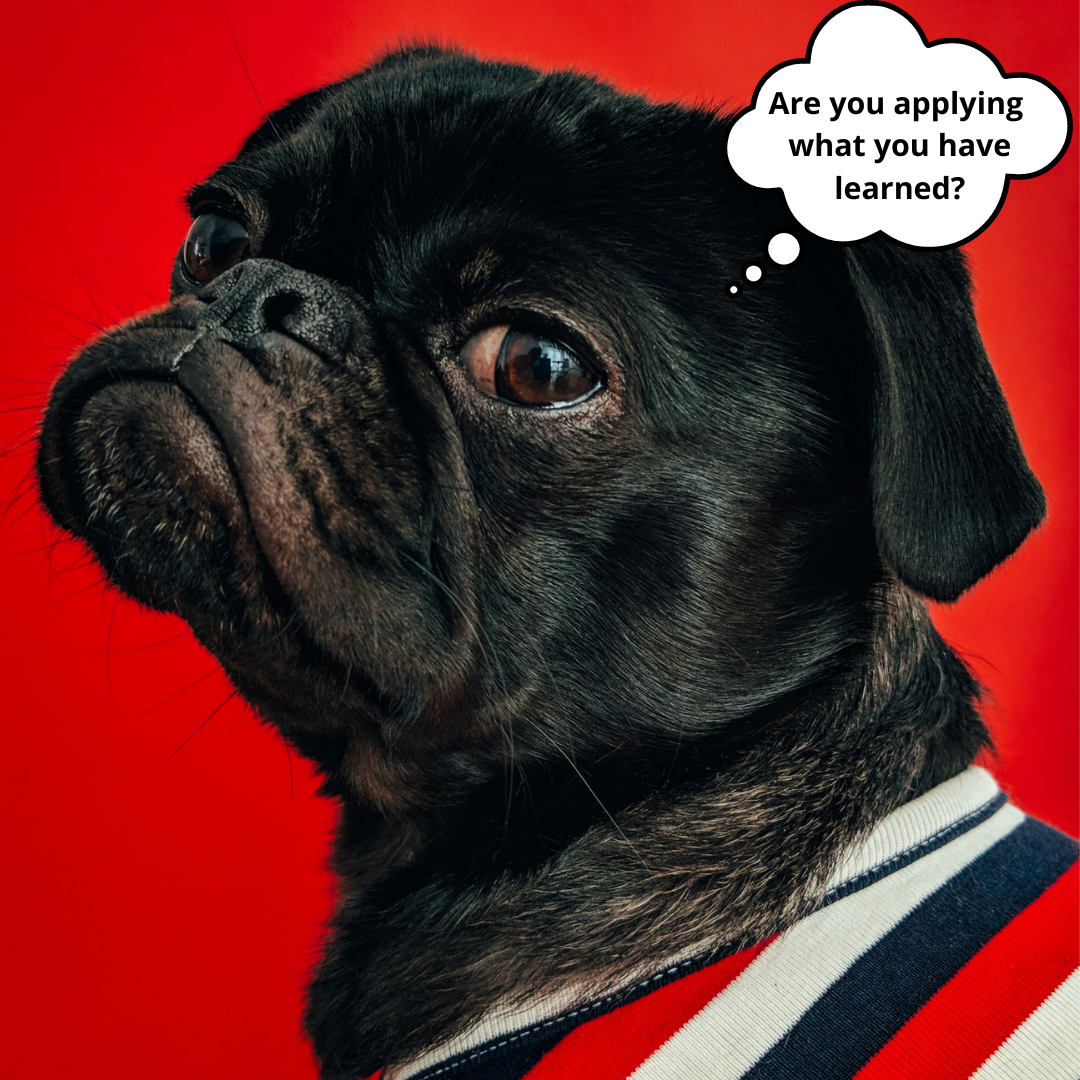




I'm feeling great and I prioritise health. I don't feel better than anyone else! I can enjoy feeling good about myself and hope for everyone else to enjoy themselves too. I believe that happiness is not something you achieve, it's something you DO. I'm choosing habits for happiness and I do them every day. I hope you can join me and start to seek happiness every day.